Upcoming Electric Cars in India in 2024: Tata Curvv EV, Maruti Suzuki eVX, Tata Harrier EV and More
A range of brand-new and much-awaited EVs are scheduled to be launched. Check out the list of upcoming electric vehicles that are soon expected to take the Indian automotive market by storm.
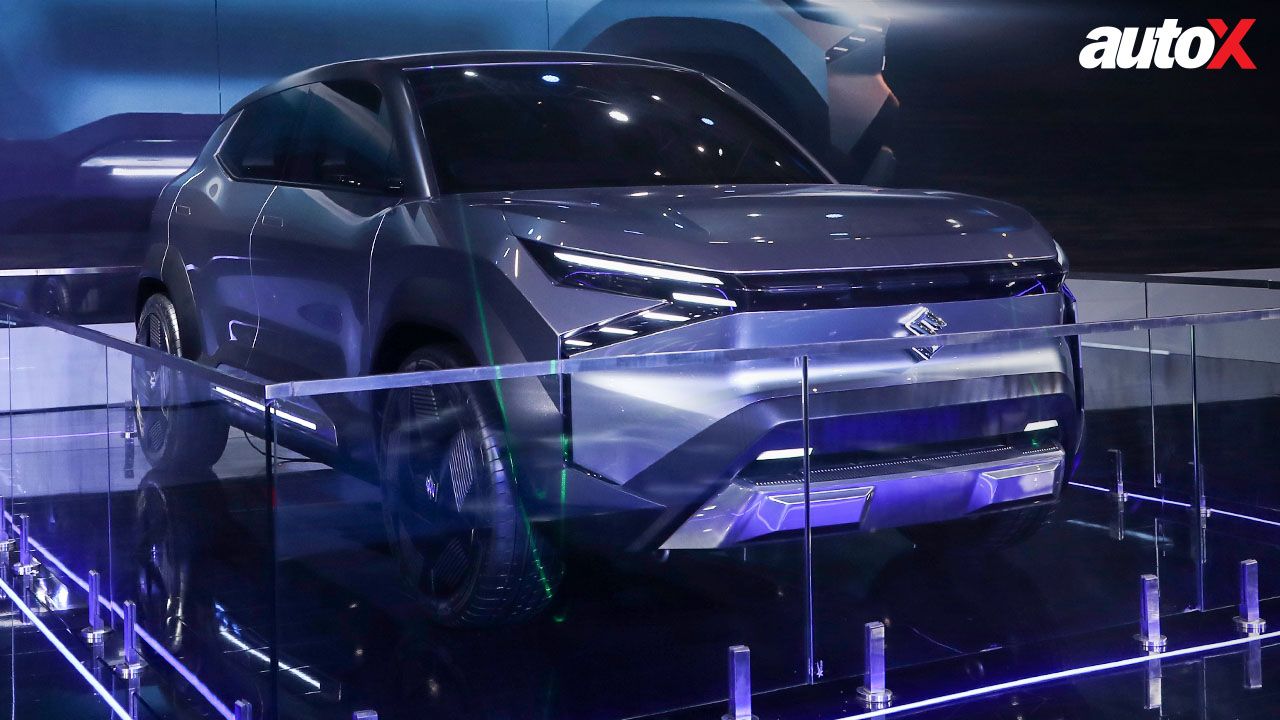
India has seen a notable increase in the number of electric cars owing to multiple reasons. This remarkable rise has been attributed to variables such as rising petrol costs, growing pollution concerns, and government initiatives to promote electric vehicles in the country. At the moment, India is home to several manufacturers offering electric car models. Manufacturers who are contributing to this ongoing development include car majors like Tata Motors, Mahindra, Hyundai, MG, and Kia, as well as major luxury car companies like Mercedes-Benz, Audi, and Volvo. Keeping up this trend, a range of brand-new and much-awaited EVs are scheduled to be launched. Check out the list of upcoming electric vehicles that are soon expected to take the Indian automotive market by storm.
Maruti Suzuki eVX
In India, the eVX will be Maruti Suzuki's first all-electric vehicle. It has previously been seen testing on Indian roads multiple times. It is expected to be produced at Suzuki's Gujarat plant and will have a 60kWh battery and dual motors capable of covering 550 kilometres. There are plans for a Toyota version as well.
On the design front, the muscular and stylish appearance of the eVX Concept is reminiscent of the new-generation Brezza, with a robust stance, an upright front, and a distinctive clamshell bonnet design. Its V-shaped cutouts hold the headlamps and daytime running lights, and its lower bumper grille has the iconic 'S' badge. The SUV's striking blacked-out aero wheels with low-profile tyres, flush-fit door handles, and strong character lines all contribute to its distinctive look. The back tailgate's high-positioned LED tail lamp strip adds a contemporary touch to the overall look.
Tata Curvv EV
The Tata Curvv EV will be positioned in between the Nexon and the Harrier electric versions. The Indian automaker's first SUV coupe has already been seen testing on our roads several times. Before launching the ICE variant, the model will be available for purchase as an EV. While information about the electric drivetrain is scarce, we do know that it will be based on the carmaker's Gen2 platform. Furthermore, the EV is predicted to have a range of 400 to 500 kilometres.
A 12.3-inch infotainment system, a 10.25-inch digital driver's display, automated air conditioning, and ventilated front seats are a few comfort features that may come standard with the vehicle. It is anticipated to have six airbags, a 360-degree camera, and front and rear parking sensors to protect passengers. Additionally, the automaker may choose to add advanced driver assistance systems (ADAS) to the Curvv, like automated emergency braking and adaptive cruise control (AEB).
Tata Harrier EV
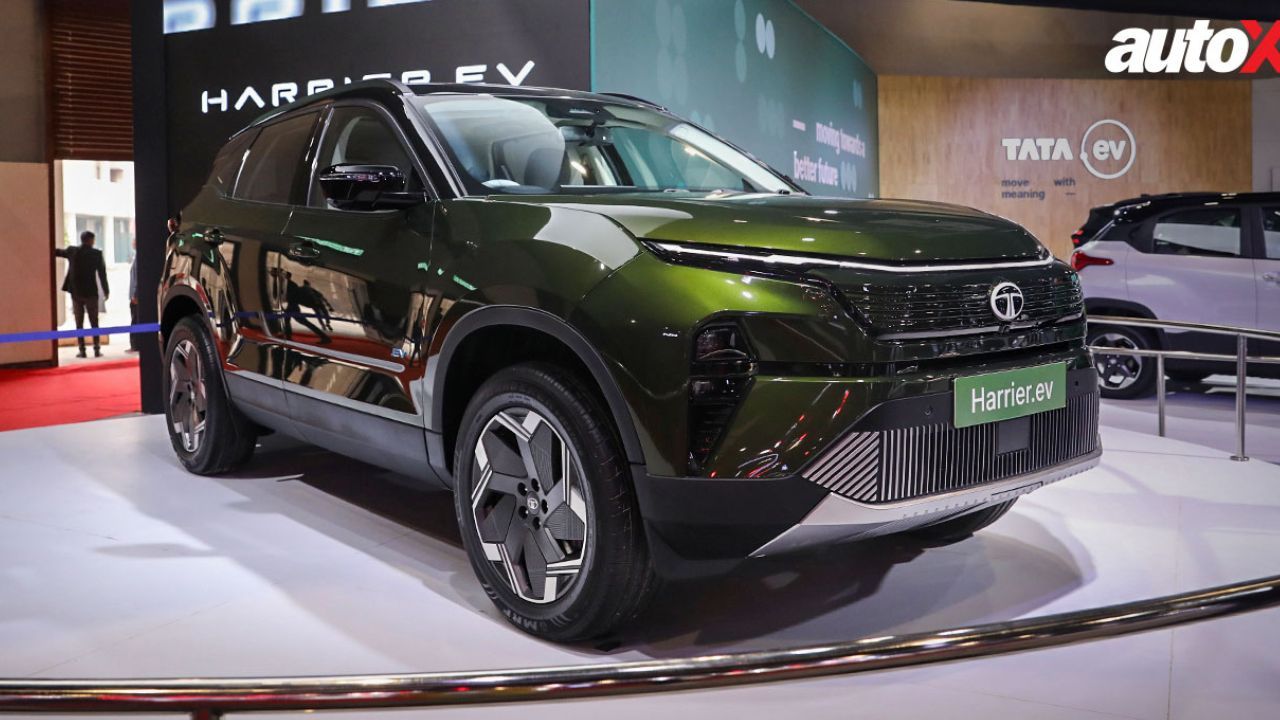
Tata Motors launched the Harrier facelift in India not too long ago. Following this, the maker unveiled a concept version of the electric SUV at the recently held Bharat Mobility Show and intends to introduce it sometime in 2024, similar to other models in its lineup. The electric version shares many exterior design cues with the ICE Harrier SUV but has certain EV-specific features to set it apart. The front end receives a redesigned bumper with additional creases, a blanked-off grille, and the same split headlamp arrangement with a new pair of DRLs. It has unique alloy wheels, flush door handles, and ".EV" badging on the fenders when observed from the profile. The rear end sports a new LED light bar, connected LED tail lamps, and a revised bumper.
Mechanically, the electrified model will include a dual-motor all-wheel drive system. Regarding battery size, the SUV is expected to have a 60kWh pack that will provide a range of 400 to 500 kilometres. On top of that, the Tata car will include convenient features and technologies like vehicle-to-load (V2L) and vehicle-to-vehicle (V2V).
Hyundai Kona Electric
The second-generation Kona Electric, which made its international debut last year, is more feature-rich, larger, and has an upscale appearance. Hyundai has also adopted a new design language for the Kona Electric. Styling-wise, full-width lightbar components are present on both the front and back, although the headlights and taillights are housed in separate pods that are positioned low on the corresponding bumpers. Its split LED headlamps and distinct character lines align it with the latest Hyundai electric SUVs, such as the Ioniq 5. Based on the WLTP cycle, the base model's 48.4kWh battery pack allows for a range of 377 kilometres. The power and torque figures for this battery pack stand at 153bhp and 250Nm, respectively.
Mahindra XUV.e8
Mahindra's only electric offering available for purchase in the nation is the XUV400. The XUV.e8, the firm's first XUV.e model, is slated for release in late 2024 and is anticipated to retail for between Rs 21 lakh and Rs 30 lakh (ex-showroom). It has been stated that the XUV.e8 is the EV equivalent of the company's flagship SUV, the XUV700. The vehicle will be built on the brand's new INGLO EV skateboard platform, but it shares some design cues with the XUV700, such as its silhouette and three-row seating arrangement.

A three-screen setup consisting of an infotainment system, a digital instrument cluster, and a screen for the co-driver was seen on a Mahindra XUV.e8 test mule in India. It also showed a vertically stacked split LED headlight setup with a pod-like design and a full-width LED light bar. Even though it's not confirmed yet, the forthcoming Mahindra product is probably going to sport an all-wheel drive setup with an 80kWh battery pack. Its estimated range is 450 kilometers.
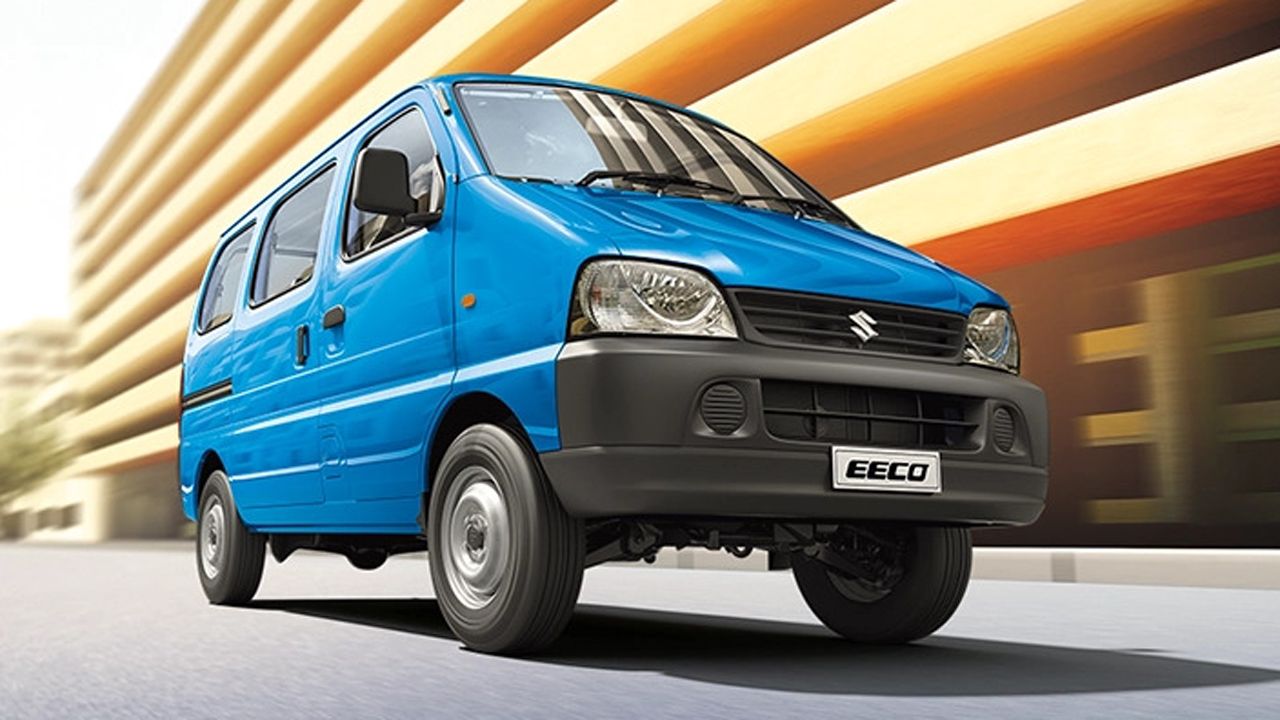
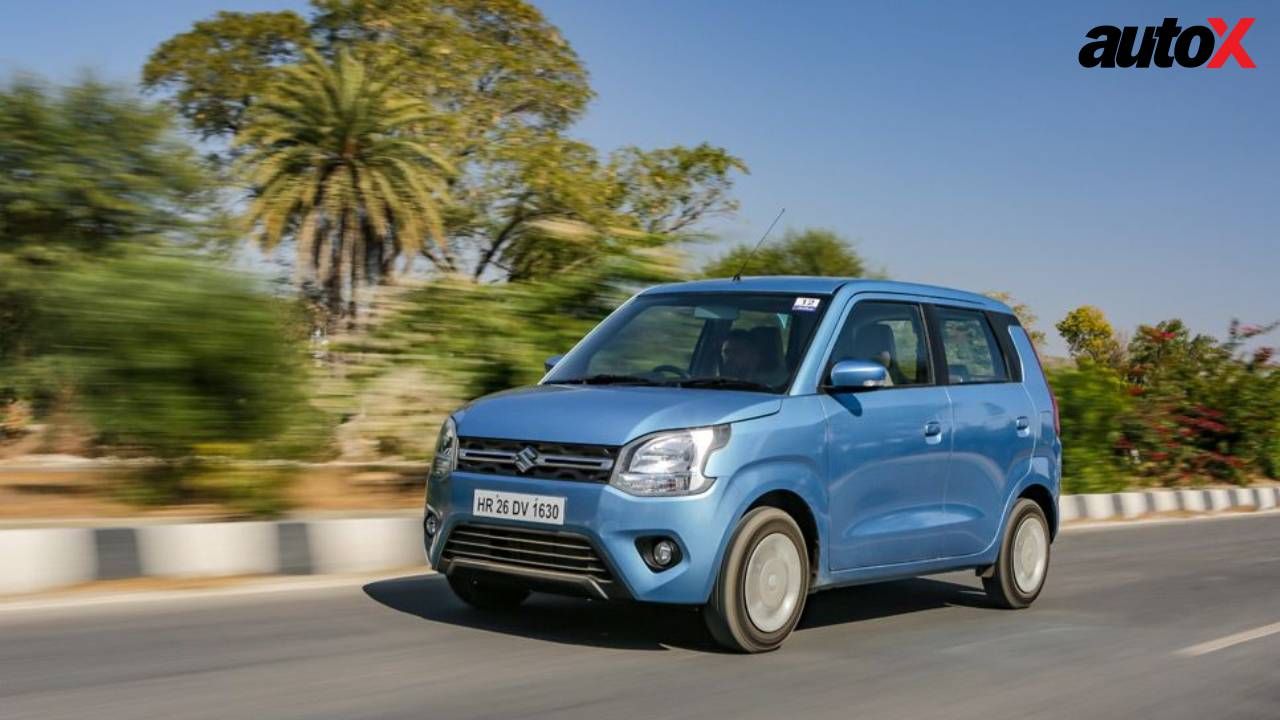

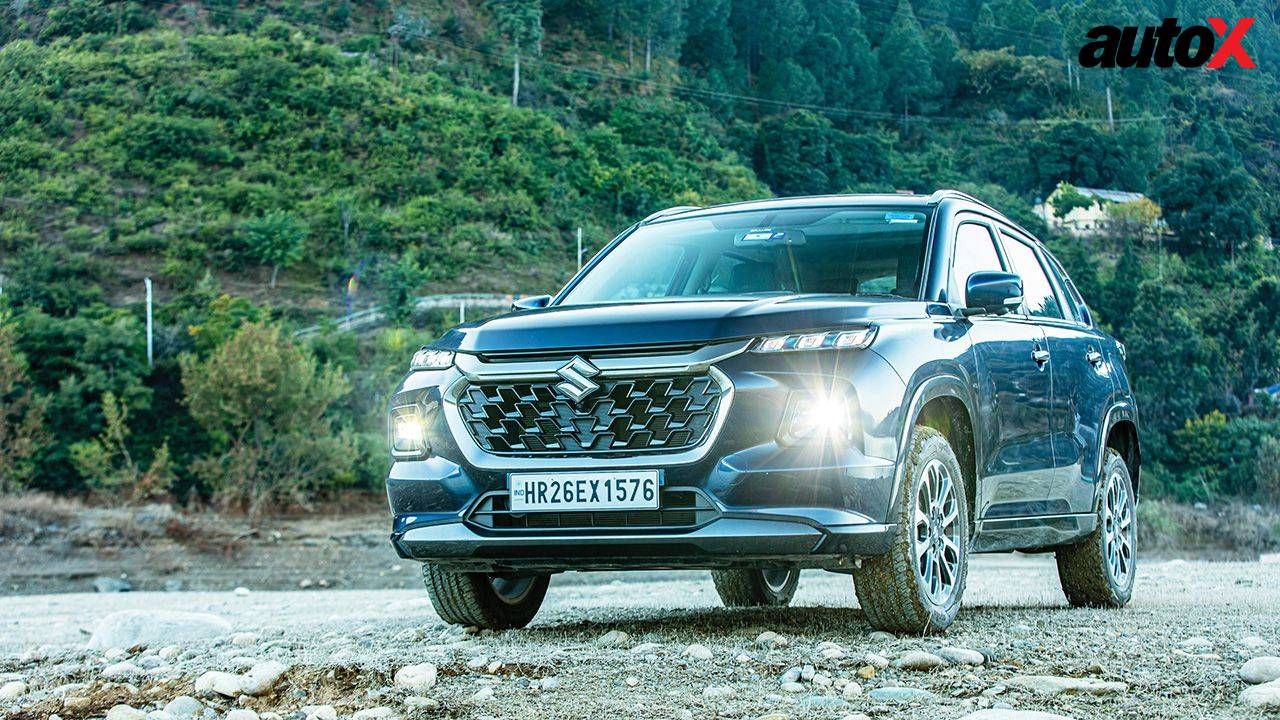

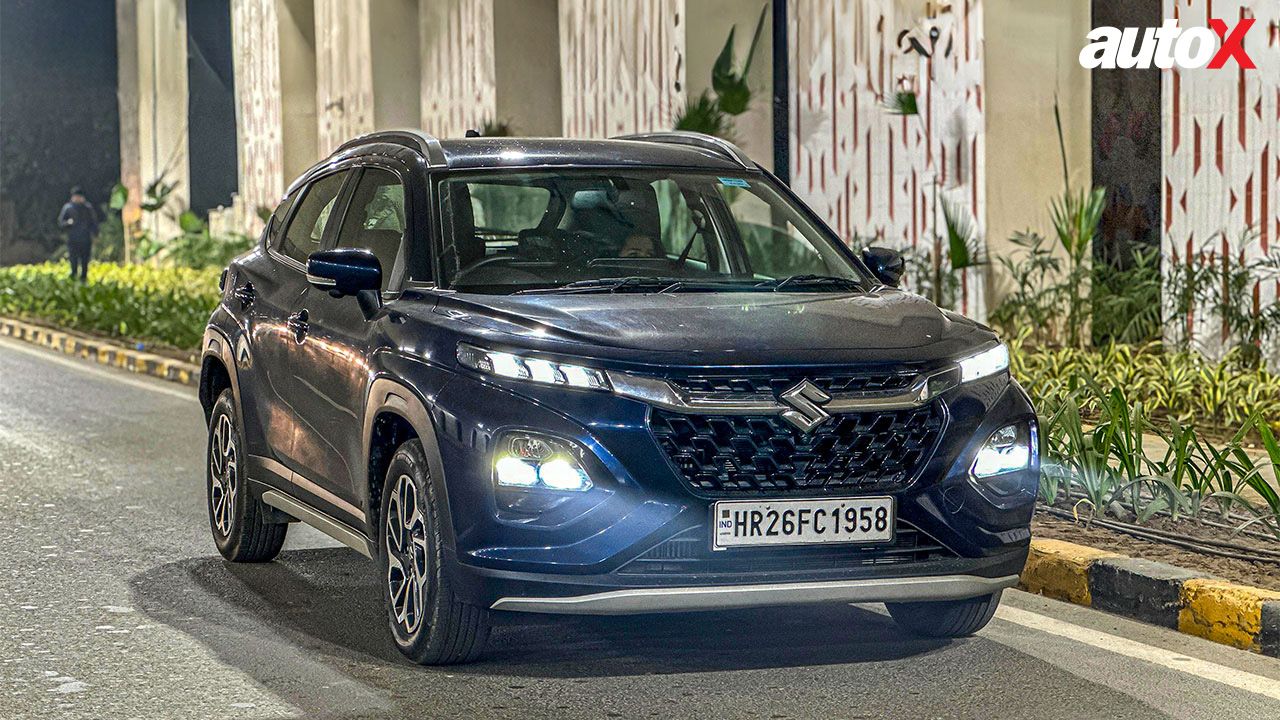

-(1).webp)
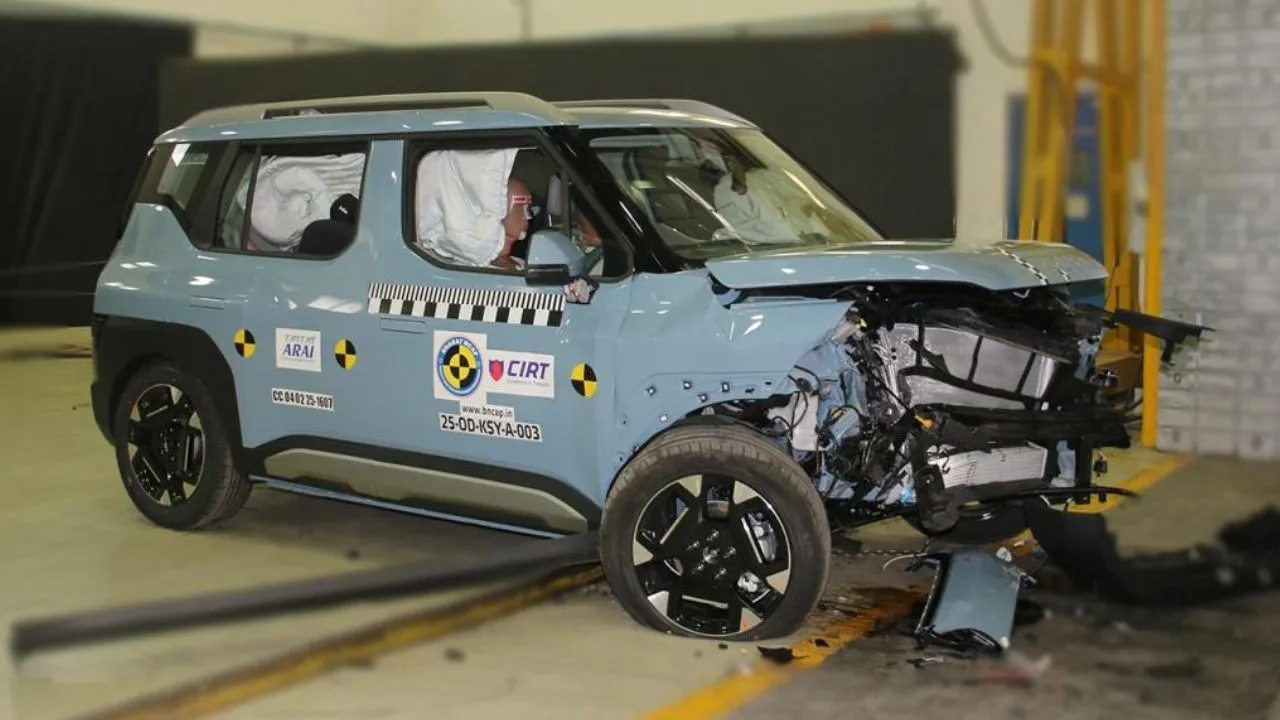


















Write your Comment on